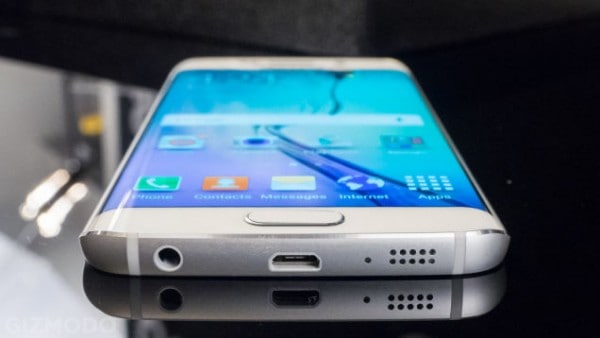
Consumer grade devices haven’t contained cameras for very long. The first camera phones that were sold in sufficient numbers to change the way people live are only a little more than a decade old. Before that, most people bought stand-alone cameras. And even this technology didn’t become something the average person owned until just a few decades ago. Until then , photography either never existed, or existed in such expensive forms that normal people never got a hold of one.
This leads us to a very selective visual history, of anything beyond the mid to late 20th century. Photographs were composed and considered. The process by which photographs were made was expensive and time-consuming. It took time to expose the film, so the subjects of photography had to be carefully chosen and curated. If one were to judge the past simply by the record left in existing photographic images, one might surmise that humans were once a lot different than they are today. Today things are different.
Devices like the Samsung Galaxy S6 Edge, debuting in May, are changing the way humanity sees itself. The S6 Edge has a better resolution than any Samsung product yet, better than what competitors have out there on the market. Mobile devices with cameras built in may seem ubiquitous in the developed world, where you are likely reading this, but they have yet to be adopted in much of the developing world. As the technology spreads, as the S6 Edge surely shall, we’ll start to see images of real daily life from around the world. Today’s folks can create a photographic history of themselves that reflects all of reality: the significant moments and the little stuff, the stuff people didn’t use to take photos of. Turns out, it’s these little details that show you how a people really live. And Samsung is going to bring it to us in a detail we’ve never seen before.
To learn more about The Next Big Thing head to: http://facebook.com/SamsungMobileUSA
 Gearfuse Technology, Science, Culture & More
Gearfuse Technology, Science, Culture & More


